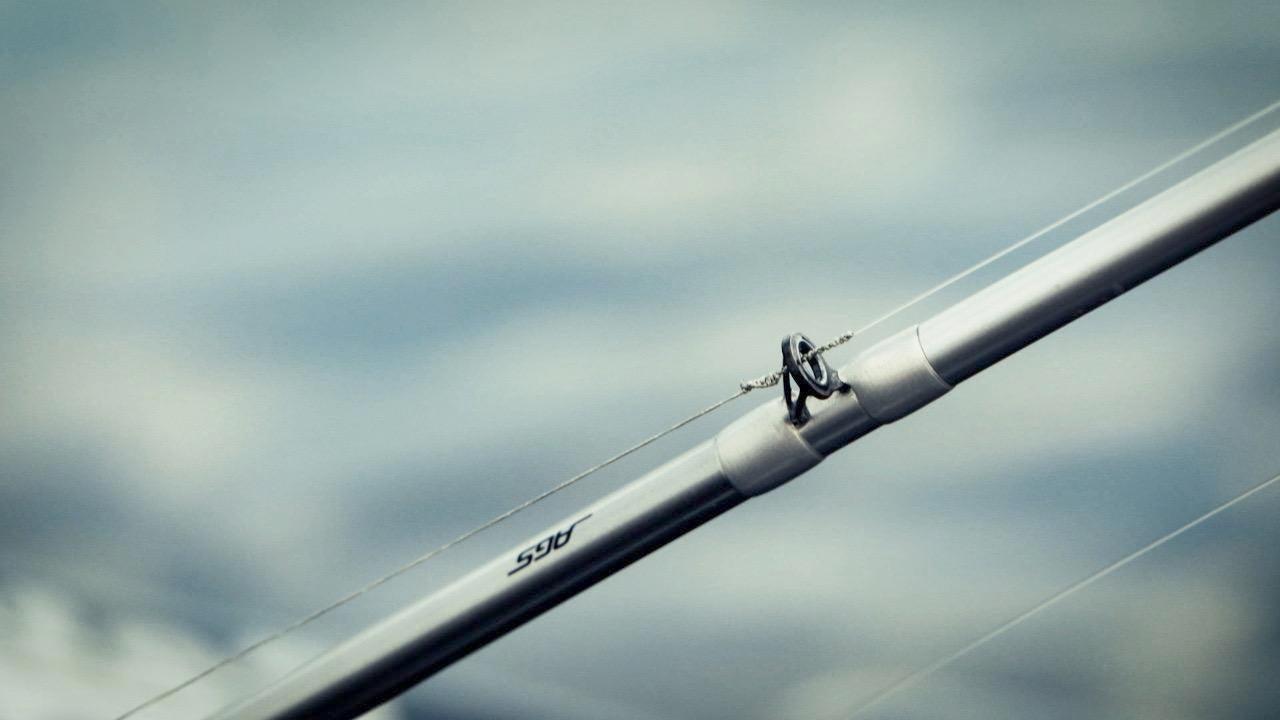Here are 6 reasons you should fish a braided mainline with a fluorocarbon or monofilament leader. With so many varieties, there’s an age-old dilemma in fishing — what line to use? When? Where and Why? The answer is a combination of factors. This should help shed some light on the alternatives for braid with fluoro or mono leaders.
TACKLE USED
- BRAID – Sufix 131 G-Core Braid
- BRAID – Sufix 832 Hi-Vis Yellow
- FLUOROCARBON – Sufix Advance Fluorocarbon
- SUNGLASSES – Costa Del Mar Corbina
You’ll need to learn a line-to-line knot when fishing a braid to a leader. There are lot fishing knots out there, and Bob stresses not being intimidated by them and taking the time to learn one you can easily tie and depend on. In general, the more complex the knot, the more failsafe, but depending on the application, even straightforward and fast-to-tie knots are adequate. Professional bass angler Bob Downey takes the time to lay out what makes these line combos such a must.
- Thin diameter reduces drag. Braid has a significantly smaller diameter than that of mono or fluoro at the same pound test. Many presentations are fished on the bottom, so you need a thin diameter line that sinks to help you maintain bottom contact. When fishing on the bottom, braid also enables you to detect bites in deep water and windy conditions with its no stretch attribute.
- The right amount of stretch. Many bottom contact baits fit in the finesse category, and staying invisible with a fluorocarbon leader makes your bait more realistic and appealing to finicky fish. Fluoro also has some stretch which is an added benefit when fish start getting crazy near the boat. Leader material stretch absorbs the shock of fighting fish and keeps them hooked up.
- Cuts vegetation. Braid is king in grass for two critical reasons. First, it saws through grass when fighting fish or gummed up, and second, it gives you a solid hookset to pull fish free from thick weeds and mats. Heavy braid is often used in this situation, and the invisibility of fluorocarbon again comes into play to make your delivery more natural without looking like a puppet on a string.
- Casts far and reduces lure fowling. Topwater baits excel at covering water and triggering fish. For this, a long cast is needed, and nothing casts better than a braid. The only problem is that braid is so limp that it often catches on leading hooks. A short shank of heavier monofilament floats and adds stiffness to minimize this problem.
- The right visibility where it counts. Invisibility is a double-edged sword, as Downey likes to put it. Fish can’t see it, but neither can we. Hi-visibility braided lines like yellow, neon green, and white are easy to see and help detect subtle bites. Conversely, the leader material (especially fluorocarbon) is less visible to the fish — a factor that leads to more bites in certain situations.
- Costs less money over time. Braid has better longevity on a spool, often providing years of service whereas you’re lucky to get a fishing season out of a spool of straight fluorocarbon or mono. A relatively short shank of fluorocarbon leader is affordable and flexible. Smaller leader-sized spools cost a fraction of high-capacity spools while allowing you to carry a variety of line sizes.












